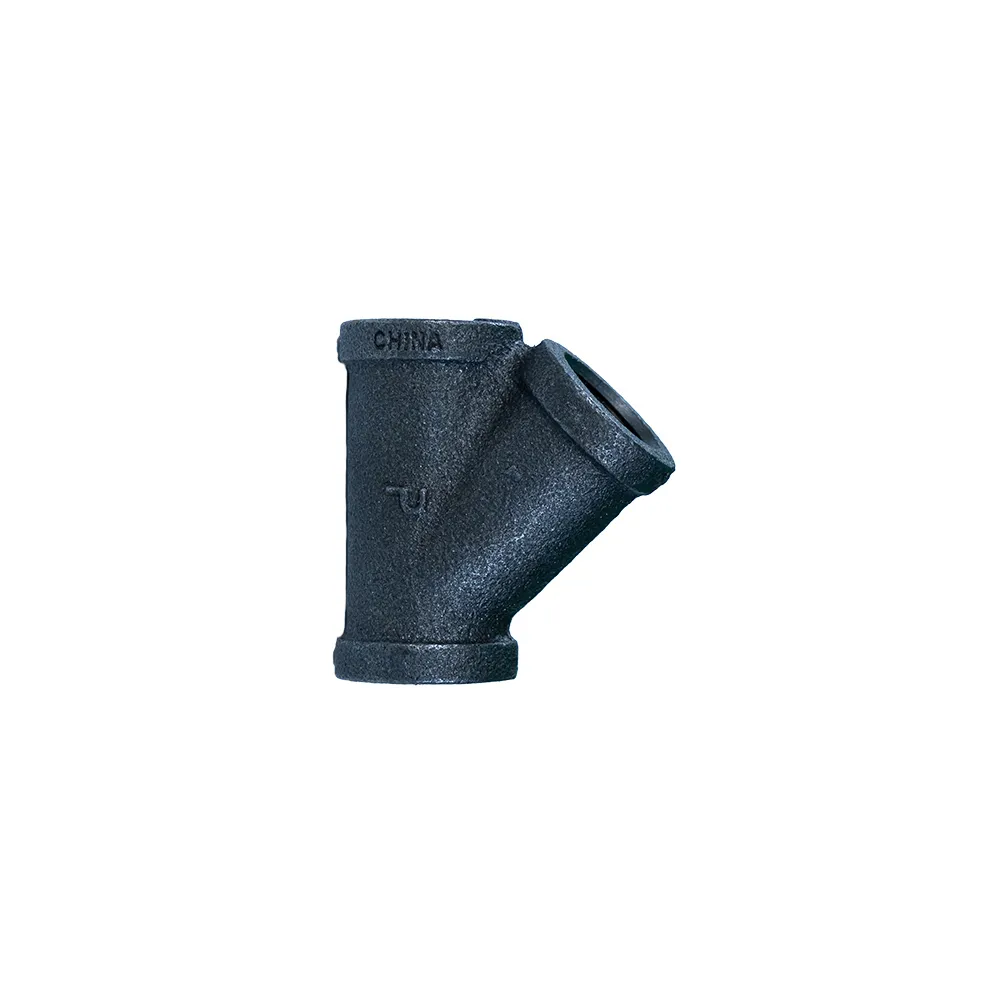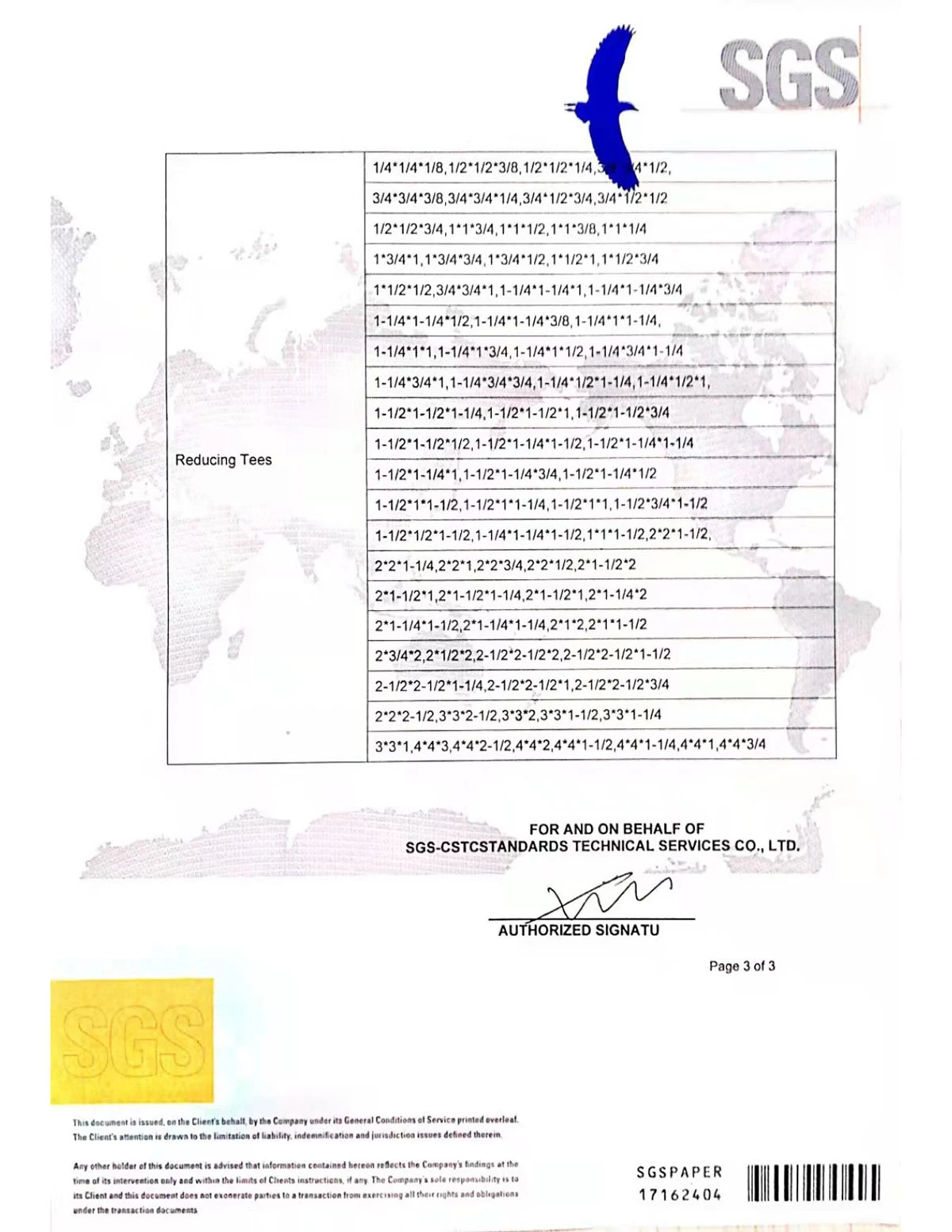Fitting tees play an indispensable role in a multitude of plumbing and piping systems, providing a T-shaped intersection that facilitates the distribution and redirection of fluid flow. In the realm of HVAC (Heating, Ventilation, and Air Conditioning), fitting tees are pivotal for directing water or air to different branches of a system, ensuring efficiency and uniformity. With over 20 years of experience in plumbing and HVAC systems, I can attest to the crucial function of these components, backed by both hands-on expertise and extensive research.

Engineered to meet varying specifications, fitting tees are crafted from a range of materials, including copper, PVC, and stainless steel. Each material offers distinct advantages—copper fitting tees offer excellent thermal conductivity and resistance to corrosion, making them ideal for water distribution. PVC, on the other hand, is celebrated for its lightweight and cost-effective nature, prominently used in drainage and waste systems. Stainless steel fitting tees present a superior choice for high-pressure and temperature applications due to their strength and durability.
Choosing the appropriate fitting tee for your project necessitates an understanding of its application environment. For instance, in residential plumbing, where water pressure is moderate, the use of plastic or copper tees is common.
However, industrial settings with heightened pressure demands might require robust stainless steel alternatives. Collaboration with a seasoned plumbing professional can ensure you select the right fitting that meets both the functional requirements and compliance with local regulations.

The installation process of fitting tees may vary depending on the material. For instance, soldering is a typical method for joining copper tees to pipes, requiring specific equipment and skills to ensure a leak-free connection. PVC tees, on the other hand, necessitate the use of solvent cement, which involves a chemical bonding process. Proper installation is paramount in preventing leaks and maintaining system pressure, emphasizing the importance of professional guidance.
fitting tee
From a cost perspective, while investing in higher-quality fitting tees might seem substantial upfront, the long-term benefits of durability and reduced maintenance can ultimately lead to significant savings. Companies and individuals alike must weigh the initial costs against the long-term value, as selecting inferior materials could result in frequent replacements and potential system failures.
Furthermore, the environmental implications of choosing the right fitting tee cannot be overlooked. Opting for recyclable materials like copper and stainless steel contributes to a more sustainable practice, reducing the carbon footprint associated with frequent replacements and repairs. As an advocate for eco-friendly practices, my experience highlights the importance of integrating sustainability into project planning from the onset.
The credibility of the information surrounding fitting tees relies heavily on understanding the latest technological advancements and compliance standards in the industry. Subscription to industry publications and participation in continuous education workshops are invaluable resources for staying informed about innovative practices and materials that enhance system performance.
Ultimately, the trustworthiness of a fitting tee solution is built on a foundation of authoritative knowledge and proven experience. As technology evolves, so too does the potential for more advanced and efficient materials in the manufacturing of fitting tees. By aligning with trusted manufacturers and consultants, one can achieve an optimal balance of performance, cost-effectiveness, and sustainability, ensuring that your plumbing and HVAC systems operate at peak efficiency for years to come.
Post time:
Jan-20-2025











